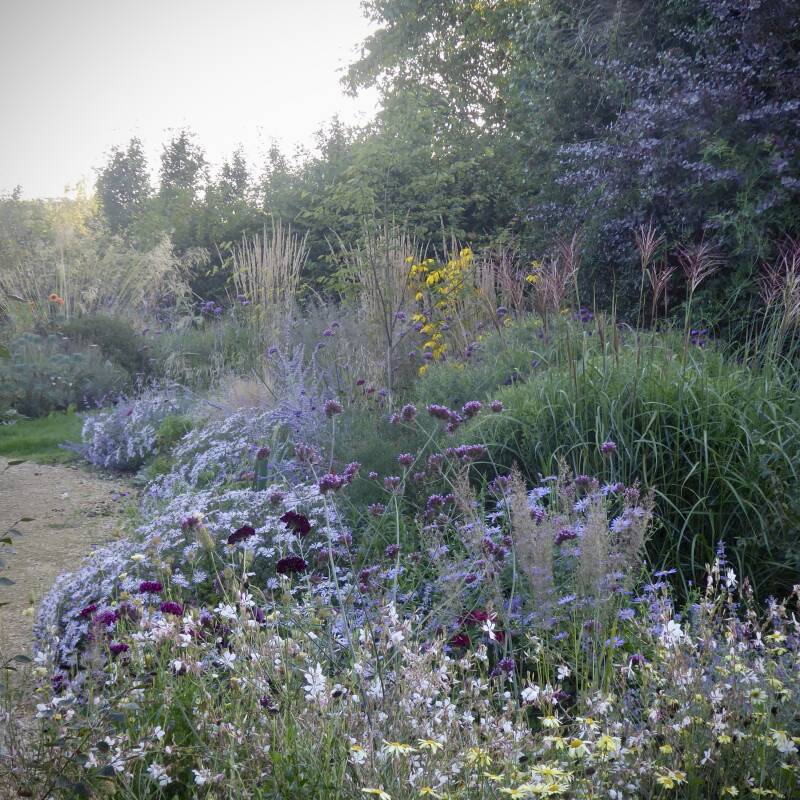Mistletoe; Viscum album: The Endless Embrace
It hardly bears repeating that mistletoe reminds us of Christmas and kissing. But if we find ourselves under mistletoe at a party, certain companions are preferable to others–we definitely avoid that aunt who wraps us in her boa constrictor embrace, to plant a big wet one on our forehead. In the plant kingdom, mistletoe is just like that overenthusiastic family member. It’s a parasite arborists hate for growing on the branches of trees and blocking their sunlight. That said, if we are careful growing it, mistletoe has its uses. (Perhaps if we’re extra polite to Auntie as we disentangle, she will send a present on our birthday?)
The Druids and Vikings had a more romantic idea of mistletoe. They saw it growing wild on trees in winter–mistletoe grows around branches in large green balls, like giant hairy bird nests–and used in pagan rituals as a symbol of hope and rebirth. The Celts also had practical uses for mistletoe, which they believed was a remedy for infertility among animals (hopefully this is not the reason for its role at parties) and an antidote to venom and poison. If only it would counteract the effects of too much fruitcake and mulled wine.
Above: Branches of fresh mistletoe berries gathered in northern California. For more, see Shopper’s Diary: Garden Apothecary in Half Moon Bay. Photograph by Mimi Giboin for Gardenista.
Cheat Sheet
- Produces berries that attract bugs and squirrels
- Green leaves and translucent milky white berries
- Mistletoe attaches easily to shrubs in the rose family as well as trees; its bright green leaves can spice up empty branches in the wintertime.

Keep It Alive
- Full sun
- No extra water needed outdoors
- It gets nourishment from the host
- Plant in late winter
Mistletoe might have an easier time establishing itself if you notch the branch or scrape away a small piece of bark on the host tree. (Still, err on the side of caution, and take care not to harm the tree.) But be careful: it’s an opportunistic evergreen that grows on the branches of apple, hawthorn, ash, and lime trees, to the point where the tree is unable to get enough sunlight and produce leaves.
Above: Balls of mistletoe in ancient beech trees at Burghley House near Stamford, Lincolnshire, in the UK. Photograph by Kendra Wilson.

Though we are used to seeing mistletoe clippings hung indoors, it is perfectly easy to grow in your backyard. Conserve some mistletoe sprigs from your decorations in a jar of water until February. These should be well covered in berries. Then, mount the sprig on the side of a healthy tree and fasten it there with twine. Once mistletoe is established, be sure to trim it regularly to prevent harm to your tree. But you have plenty of time to plan as mistletoe can take four years to grow. If that’s too long to wait for a kiss, we’ll understand.
For more, see Holiday Aphrodisiac: Why Mistletoe is Welcome at Parties.
N.B.: Are you considering additions to your garden? See Garden Design 101 guides for help:
- Shrubs: A Field Guide offers tips on other festive shrubs, such as Bayberry 101 and Boxwood 101.
- Questions about the trees on your property? We can help with Trees: A Field Guide to Plant, Care & Design.










Have a Question or Comment About This Post?
Join the conversation